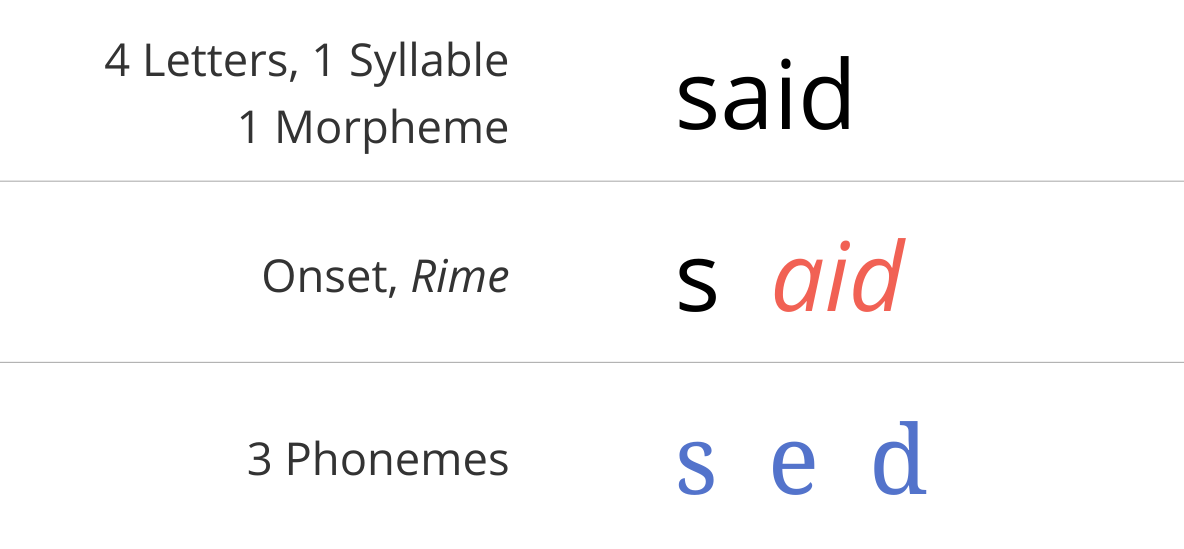Sixty years ago this month, the Free Speech Movement was born at the University of California, Berkeley. How is that working out?
In mid-September 1964, Berkeley’s dean of students banned tables and political activity along the Bancroft strip, a 26-foot stretch of university-owned sidewalk near Telegraph Avenue down from Sproul Plaza. I walked around the area last week and found, almost paradoxically, a capitalist BMO Bank, a Marxist-glorifying César Chávez Student Center and a techno-optimist Open Computing Facility.
Berkeley’s 1964 students protested the table ban. On Sept. 30, five students were cited. More than 400 insisted that they were also responsible and should all be cited too. They then staged their first sit-in inside Sproul Hall, Berkeley’s administration building. The next day, tables were set up outside Sproul Hall. The police were called and arrested Jack Weinberg. Some 200 students surrounded the police car. Speeches began as thousands assembled. Mario Savio emerged as a Free Speech Movement leader.
With the cop car still surrounded by late afternoon on Oct. 2, 500 police officers were on hand at the university. A six-point agreement was reached with the university president, and the protests ended. As is typical of universities, committees were formed. A six-week ban on tables was instituted and Mario Savio and others were suspended. But by mid-November, the tables were back, and 3,000 students marched around campus.

e = get, head
Dive into said